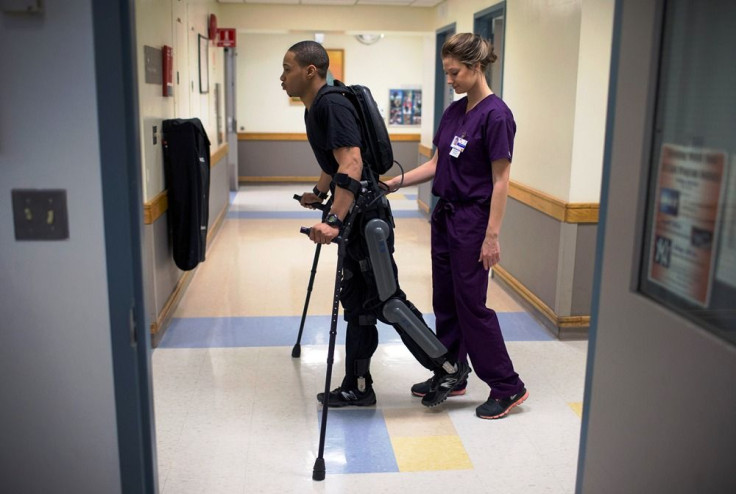Exercising At Home Can Be Beneficial For PAD Patients

A new study found that people who have peripheral arterial disease, or PAD, suffering from poor leg circulation can improve and preserve their mobility with home exercise encouraged by group sessions. The new findings suggest that PAD patients do not necessarily require supervision, but experts believe that at-home exercises can be beneficial, said the lead researcher.
Researchers did note in the May 20 published research that doing treadmill exercises with supervision can improve the ability to walk among patients suffering from PAD. “I would say it works better than any other medication or other therapy by a long shot,” said Mary McDermott, lead author of the study, in a report from Reuters.
However, researchers also observed that most people will not participate in the supervised exercise. They wrote that poor compliance to the rehabilitation programme is probably due to the added expense of joining an exercise facility.
In the year-long study, the team recruited 194 PAD patients from Chicago area, ages 65 years and above. A group of patients were randomly assigned to weekly group sessions supervised with a facilitator, and this went on for the first six months. Another group, the control group, attended weekly meetings studying different health topics.
The exercise group were encouraged to walk on their own, either on a treadmill or a stroll around the neighbourhood. This walking session was observed at least five days a week, with 15 minutes of walk per day gradually increasing to 50 minutes per day.
During the remaining six months, the exercise group no longer attended sessions but only received follow-up phone calls from the facilitator. Researchers found that nearly 83 percent of patients from the exercise group regained their mobility, as opposed to the 36.4 percent from the control group, reported Science Daily.
McDermott notes that PAD patients have a significantly higher risk for mobility loss compared to those who don’t have PAD. McDermott said in a report from Science Daily that patients should realise that there is hope for home-based exercise when it comes to regaining mobility. She also said that healthcare professionals should acknowledge that the exercises can be beneficial for their patients with PAD.
To report problems or leave feedback on this article, email: wendylemeric@gmail.com.





















